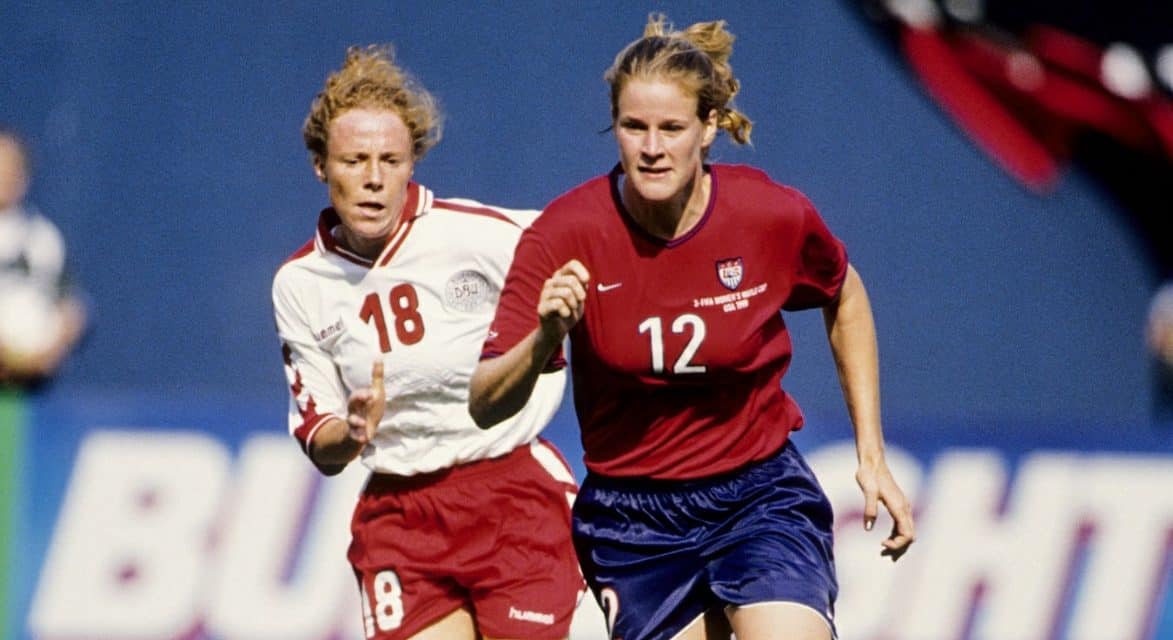
A lot of discrimination is faced by women athletes because of their appearance. There are some ways to change this. First, you can control your body image. Social media allows you to challenge gender stereotypes. Lastly, you can be an advocate for gender equality. These tips will help you to become an active part of the sports community.
Take back control of your body image
Female athletes are taking back control of their body image. These athletes have spoken about how the pressure to be "perfect" impacts their performance and mental health. Gracie Gold (Olympic figure skater) and Allie Ostrander (professional runner) are two examples of athletes who have opened up about their negative body image. These athletes want everyone to understand that having a body which does not meet a certain standard is not an indication of weakness.
Female athletes are still vulnerable to body dissatisfaction even though they are under great pressure to improve body image. Body dissatisfaction is a mental state that results from negative thoughts about a person's body, and the perceived discrepancy between a person's body size and the ideal body size. The perception of the body also changes with context and function. In a recent study, female collegiate athletes participated in a program called "Bodies in Motion," which aims to help athletes develop a positive body image.
Change the stereotypes of female athletes
A female athlete's most important task is to dismantle gendered stereotypes. Many women and girls are discouraged by the stereotypes they see. These stereotypes need to be broken. It starts with teaching girls and women to respect one another and be unique. It starts by changing how we talk about women. We can change the way we talk and act about female athletes.
The majority of research on female athlete has been focused on the bipolarity in masculinity and feminineity. Very little has been done to examine androgyny. Androgyny is a middle ground between masculinity and femininity and suggests that a female athlete can be both male and female at the same time. This gender identity can be strong and assertive, gentle and independent, dependent and competitive, as well as passive and compliant. A woman can have both masculine traits and feminine qualities. This can be extremely empowering for an individual.
Participating in social media
It is possible to inspire younger women to take part in sports by using social media. Stories about female athletes can often inspire them. This is one method to do so. The UConn Huskies beat Baylor Bears last night. This game dominated the social media space. Although the final score was 69-67 for the Huskies the controversial call was the talk of the night.
Taking part in social media can be a powerful way to encourage young women to pursue sports and improve their health. Many female athletes are using social media to advertise themselves. It is difficult to find out how women athletes present themselves online, however.
Managing gender stereotypes
Women are often confronted with gender stereotypes when it comes to sport, which can restrict their participation. Women may decide to focus less on their athletic accomplishments and instead choose to participate in other more popular sports. Or they might even give up their chosen sport entirely. These issues reflect larger cultural attitudes regarding athletic women. These stereotypes pose a problem because they are among the most significant barriers to female sport participation.
First, women athletes must confront the problem of public perception. The public often views women as submissive and objectified. Additionally, male athletes are often viewed heroically and masculine and female athletes as wives or daughters. This toxic cycle of gender stereotypes is often responsible for the sexualization or objectification of female athletes. This has been brought to the forefront by the USA Gymnastics scandal.